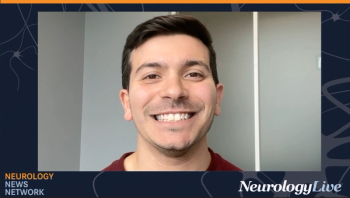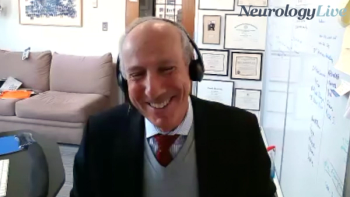
Incorporating Ultra-Early IV tPA Administration into Clinical Care: Shazam Hussain, MD

The director of the Cerebrovascular Center at Cleveland Clinic discussed the clinical relevance of his recently published findings on the use of intravenous tPA given in the “golden hour” for ELVO.
"At a broad level, the first thing is going back to the basics of stroke education. Making sure patients and the public know about the signs and symptoms of stroke. It’s estimated that only one-third of people in the US even know 1 symptom of stroke."
Time plays a critical role in the efficacy of intravenous (IV) thrombolysis for treatment of acute ischemic stroke (AIS), with the major goal of recanalization and reperfusion of penumbral brain tissue. Shazam Hussain, MD, FRCP, FAHA, and colleagues recently performed a retrospective analysis comparing recanalization rates and clinical outcomes between patients with emergent large vessel occlusion (ELVO) who received IV tissue plasminogen activator (tPA) within 60 minutes of stroke symptom onset, known as the “golden hour,” compared to patients who were treated beyond 60 minutes.
Complete recanalization following IV tPA was more likely to occur in patients who were treated within the golden hour (7 of 25; 28%) in the ultra-early treatment groups compared with those in the later treatment group (9 of 133; 6.8%). Additionally, the ultra-treatment group had a better chance of early neurological improvement (76% vs 50.4% [95% CI, 1.16-8.65]) and favorable outcomes, measured by modified Rankin Scale (mRS) score of 2 or less or premorbid mRS (65% vs 36.8% [95% CI, 1.42-9.34]). Investigators concluded that these findings may be explained by the fact that freshly formed clots are less organized and therefore more susceptible to chemical thrombolysis by tPA.
Hussain, who is the director of the Cerebrovascular Center at
Newsletter
Keep your finger on the pulse of neurology—subscribe to NeurologyLive for expert interviews, new data, and breakthrough treatment updates.



































